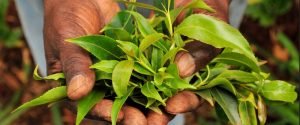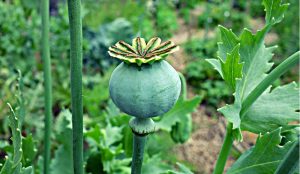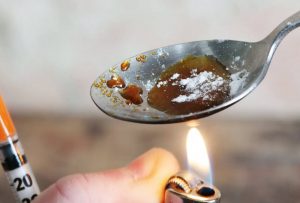Data on drug use
- Roughly 275 million people used illegal drugs at least once in the year 2016.
- Over 30 million people suffered from a drug use disorder in 2016.
- According to WHO, roughly 450,000 people died of illegal drug use in 2015. That number includes both direct deaths, such as overdoses, and indirect deaths, such as deaths caused by HIV or hepatitis C acquired via drug injections.
- For the deaths in 2015 where illegal drug use disorders were implicated, over 75% of the deaths were associated with opioids.
- The greatest health risks are associated with drugs that are injected. In 2016, over 10 million people worldwide injected illegal drugs.
- In recent years, there has been an increase in the non-medical use of prescription drugs. These drugs come from both legal and illegal manufacturing.
Cocaine production and trafficking trends
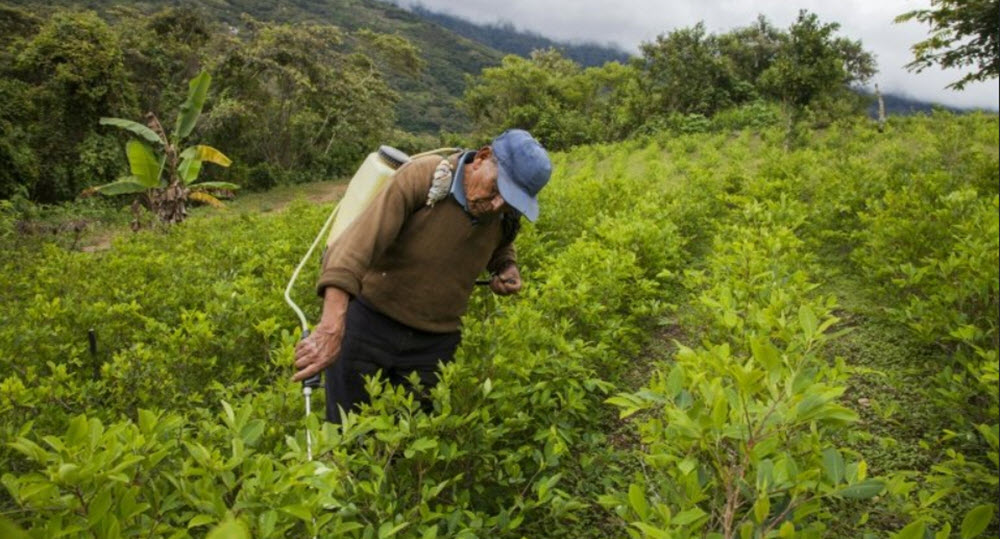
Production trends
In 2016, roughly 213,000 hectares were used for coca bush cultivation worldwide. Nearly 69% of that land was located in Colombia, the world´s foremost producer of cocaine.
Most of the world´s cocaine is produced in Colombia, and the Colombian production is on the increase. From 2015 to 2016, cocaine manufacturing in the country rose by more than one third, reaching 866 tons for 2016. For 2016, the global production of cocaine was 1,410 tons.
This production increase in Colombia is a new trend since the Colombian coca bush cultivation actually dropped by 50% between the years 2000 and 2013.
The increase in global cocaine production is also new, since the amount of cocaine produced worldwide fell in the period 2005-2013. For the period 2013-2016, it rose by 56%.
Trafficking trends
In recent years, both Africa and Asia have developed into important hubs for both cocaine trafficking and cocaine consumption.
The amount of cocaine seized in all of Asia tripled from 2015 to 2016, and if we look at South Asia only the increase was tenfold.
The amount of seized cocaine in Africa doubled from 2015 to 2016, with northern Africa being the focal point and accounting for nearly 70% of all the cocaine seized in Africa in 2016. If we only look at North Africa, the increase was sixfold. Notably, this constitutes a break with the older trend, where a majority of the cocaine seized in Africa was confiscated in West African and Central Africa.
Opium production and trade trends
Poppy cultivation and opium production
The total production of opium worldwide reached 10,500 ton for the year 2017 and this marked an increase by 65% compared to the year before. Of these 10,500 tons approximately 9,000 tons were produced in Afghanistan, which is also the country where a majority of the world´s opium poppy is cultivated.
In Afghanistan, we have seen a gradual increase in both poppy production and opium production over the last few years, and the amount of land in the country utilized for poppy production rose by 37% from 2016 to 2017. Several factors contribute to the increase, including difficulties for rural communities to earn an income in other ways.
Worldwide, nearly 420,000 hectares were used for opium poppy cultivation in 2017 and 75% of these lands were located in Afghanistan.
Seizures
91 tons of heroin were seized in 2016, which broke the old record.
Pharmaceutical opioids
The non-medical use of pharmaceutical opioids is on the increase in several regions.
- In North America, a significant number of overdose deaths have been linked to the practice of mixing heroin and other drugs with the pharmaceutical opioid fentanyl before selling the product to the user.
- In Europe, non-medical use of methadone, buprenorphine and fentanyl is being reported, but heroin still dominate and the illegal use of pharmaceutical opioids are less widespread than in North America.
- Non-medical use of tramadol is emerging in West Africa, North Africa, the Near East, and the Middle East.
The US Goverment has started to take action against the opioid epidemic and is likely to crack down on companies that are promoting their opioids in an irresponsible manner. An example of this is the Perdue Pharma case (Oxycodon) where Perdue Pharma ended up pleading guilty to fraud and kickback charges. This forced the company to file for chapter 11 bankruptcy and the owners lost a lot of money. The owners also had to pay $225 million in civil penalties as they were deemed to be personally responsible. Investors who invest in the Pharma space should be aware of the risks associated with investing in companies that earn a large percentage of their income from opioids. Minor owners are unlikely to face any personal responsibility but they risk seeing their investments become worthless after a crackdown on their business practices. It is important to be highly diversified if you invest in this type of stocks.
Parts of Africa are emerging as a hot-spot for Tramadol trafficking
West Africa, Central Africa and North Africa have recently emerged as hot spots for the trafficking of pharmaceutical opioids, especially Tramadol. In the year 2016, seizures in these three regions account for 87% of global seizures of pharmaceutical opioids.
Tramadol is used locally in these three African regions but is also trafficked onwards to countries in the Near East and Middle East, where authorities have reported a notable increase in Tramadol abuse.
Benzodiazepines
In roughly 60 countries worldwide, the non-medical use of benzodiazepines and similar sedative/hypnotic pharmaceutical drugs constitute one of the main drug abuse problems.
The combination of benzodiazepine-type drugs with strong opioids has proven to be especially dangerous.
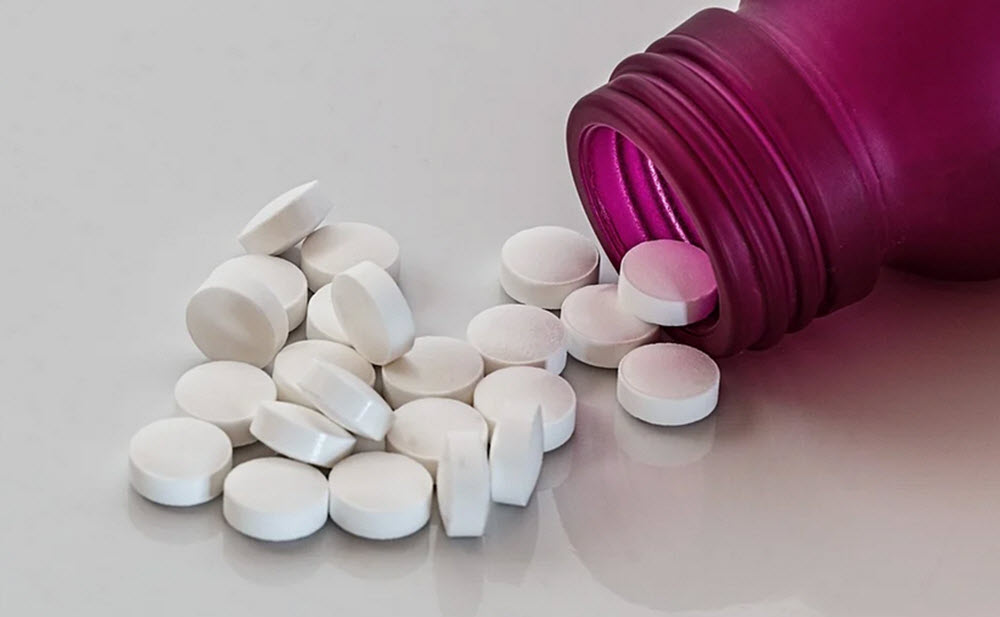
Trends regarding amphetamine and amphetamine-like substances
Methamphetamine trends
The three main regions of methamphetamine trafficking are still East Asia, South-East Asia and North America.
North America
According to United States authorities, methamphetamine is now the second-greatest drug threat in the country, after heroin.
East Asia & South-East Asia
The production and consumption of methamphetamine is on the rise in these two regions.
Oceania
Consumption of methamphetamine is on the rise in parts of Oceania.
North Africa
In the late 2010s, we have been able to see a spike in the amounts of amphetamines seized in North Africa. The underlying factors behind this spike remain unclear. It is possible that North Africa is turning into a hot-spot for the trafficking of amphetamines to the Near East and Middle East, where there is a large market for these types of drugs.


